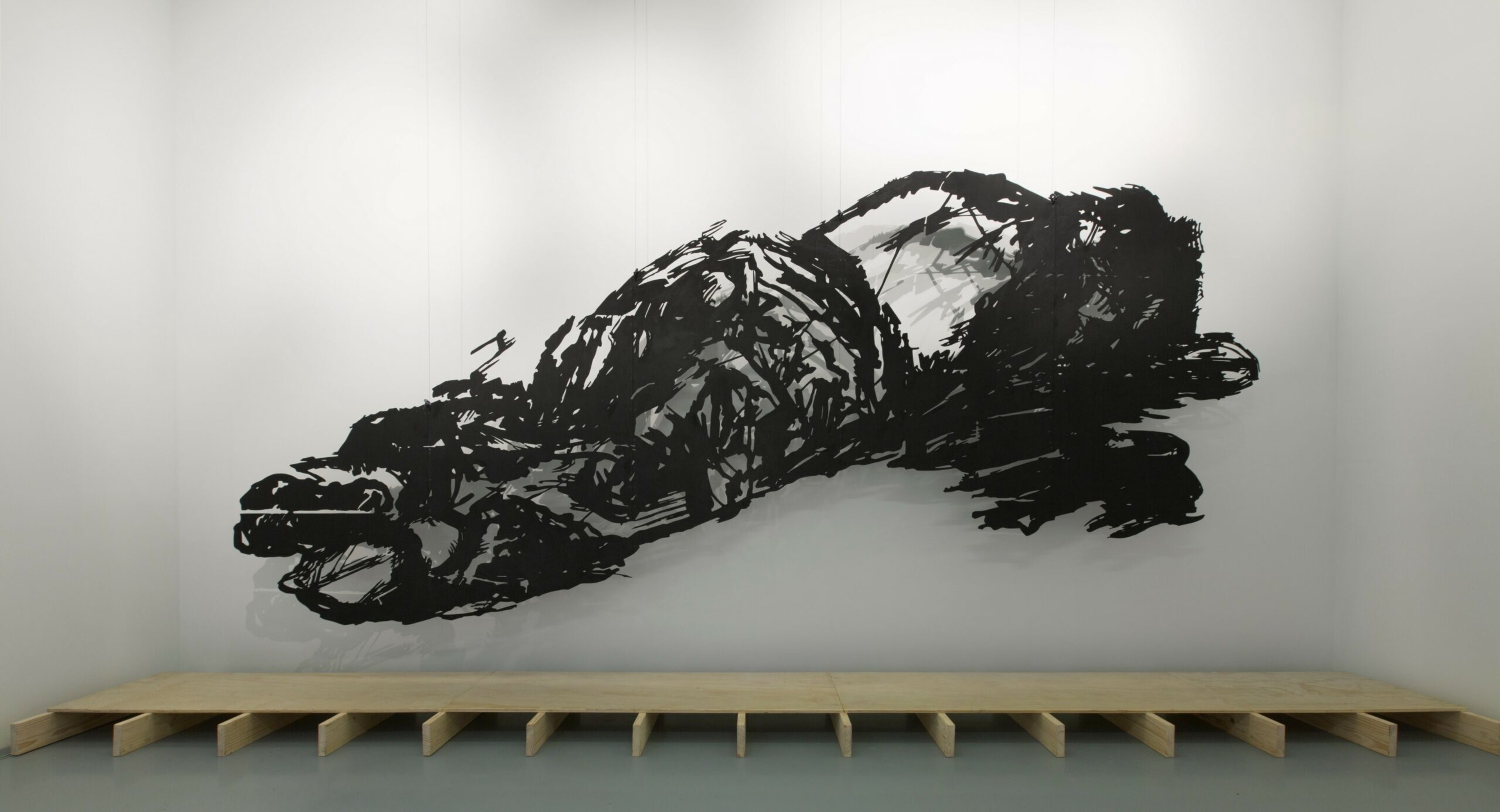It should have come as no surprise for Stanislaw Trzebinski that he became an artist, in fact some might say it was fated. Not only did he grow up in a creative household filled with the paintings of his late father – the artist Tonio Trzebinski – and the visceral interiors of his mother, the fashion designer Anna Trzebinski; but regular visitors to his family home in the affluent Nairobi suburb of Karen included the likes of internationally acclaimed wildlife and fashion photographer Peter Beard.
His childhood was as much about art and design as it was about being in nature. ‘I learnt from an early age to appreciate the beauty and fragility of the wilderness with some of my fondest memories on the safaris that my sister and I would enjoy with my parents,’ he recalls. ‘My father was an avid fisherman and surfer and a lot of our weekends were spent on the coast of Mombasa, where I’d wade through rock pools at low tide catching reef fish for my home aquarium while my father surfed.’
That immersion in nature coupled with the sudden death of his father when he was just nine years old was to prove a powerful catalyst for Stanislaw’s career as a sculptor. ‘Most boys dream of growing up and being like their dad, I was no exception in that it became a kind of relentless pursuit from thereon.’ While Stanislaw was at high school in Kenya, he spent a number of summer holidays working in the studio of acclaimed South African bronze artist Otto du Plessis. It was there that he cast his first pieces. The bug had bitten. ‘There is something very compelling about the three-dimensional aspect of sculpture that demands your total immersion as an artist, it was something that came very easily to me.’
His fascination with nature and his ability to immerse himself completely in each piece continues with his latest body of work, In The Absence of Light, where his focus is fixed firmly on the ocean. ‘The sea is our last frontier, a vastly unexplored region of which we know so little,’ he adds. ‘And yet we’re destroying it at such a rate that we have no idea what we are losing.’ There is a physicality to Stanislaw’s sculptures, whether large-scale (some of his standing chandeliers are 120 feet) or diminutive in scale, that make them unapologetically iconic. I love that his own sense of awe at some of the ocean’s most ancient and primordial creatures is so keenly felt. As explorations of the symbiotic relationship that exists between humans and the natural world, his work is powerful, mystical and mesmerizing.





